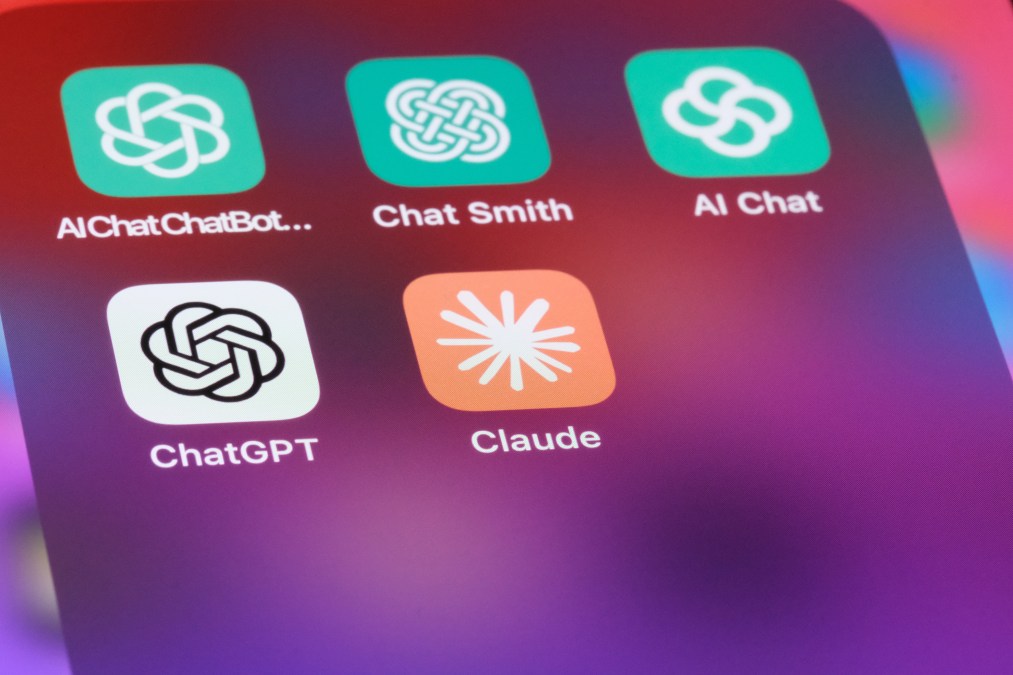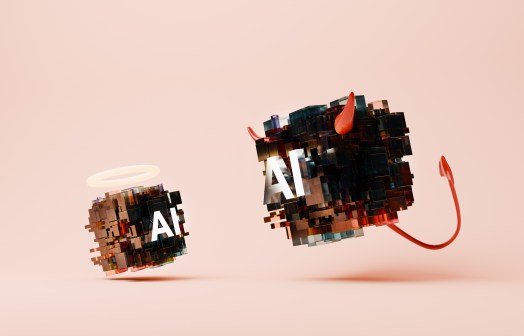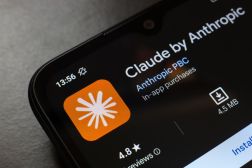Anthropic touts safety, security improvements in Claude Sonnet 4.5

Anthropic’s new coding-focused large language model, Claude Sonnet 4.5, is being touted as one of the most advanced models on the market when it comes to safety and security, with the company claiming the additional effort put into the model will make it more difficult for bad actors to exploit and easier to leverage for cybersecurity specific-tasks.
“Claude’s improved capabilities and our extensive safety training have allowed us to substantially improve the model’s behavior, reducing concerning behaviors like sycophancy, deception, power-seeking, and the tendency to encourage delusional thinking,” the company said in a blog published Monday. “For the model’s agentic and computer use capabilities, we’ve also made considerable progress on defending against prompt injection attacks, one of the most serious risks for users of these capabilities.”
The company says the goal is to make Sonnet a “helpful, honest and harmless assistant” for users. The model was trained at AI Safety Level 3, a designation that means Anthropic used “increased internal security measures that make it harder to steal model weights” and added safeguards to limit jailbreaking and refuse queries around certain topics, like how to develop or acquire chemical, biological and nuclear weapons.
Because of this heightened scrutiny, Sonnet 4.5’s safeguards “might sometimes inadvertently flag normal content.”
“We’ve made it easy for users to continue any interrupted conversations with Sonnet 4, a model that poses a lower … risk,” the blog stated. “We’ve already made significant progress in reducing these false positives, reducing them by a factor of ten since we originally described them, and a factor of two since Claude Opus 4 was released in May.”
Harder to abuse
Anthropic says Sonnet 4.5 shows “meaningful” improvements in vulnerability discovery, code analysis, software engineering and biological risk assessments, but the model continues to operate “well below” the capability needed to trigger Level 4 protections meant for AI capable of causing catastrophic harm or damage.
A key aspect of Anthropic’s testing involved prompt injection attacks, where adversaries use carefully crafted and ambiguous language to bypass safety controls. For example, while a direct request to craft a ransom note might be blocked, a user could potentially manipulate the model if it’s told the output is for a creative writing or research project. Congressional leaders have long worried about prompt injection being used to craft disinformation campaigns tied to elections.
Anthropic said it tested Sonnet 4.5’s responses to hundreds of different prompts and handed the data over to internal policy experts to assess how it handled “ambiguous situations.”
“In particular, Claude Sonnet 4.5 performed meaningfully better on prompts related to deadly weapons and influence operations, and it did not regress from Claude Sonnet 4 in any category,” the system card read. “For example, on influence operations, Claude Sonnet 4.5 reliably refused to generate potentially deceptive or manipulative scaled abuse techniques including the creation of sockpuppet personas or astroturfing, whereas Claude Sonnet 4 would sometimes comply.”
The company also examined a well-known weakness among LLMs: sycophancy, or the tendency of generative AI to echo and validate user beliefs, no matter how bizarre, antisocial or harmful they end up being. This has led to instances where AI models have endorsed blatant antisocial behaviors, like self-harm or eating disorders. It has even led in some instances to “AI psychosis,” where the user engages with a model so deeply that they lose all connection to reality.
Anthropic tested Sonnet 4.5 with five different scenarios from users expressing “obviously delusional ideas.” They believe the model will be “on average much more direct and much less likely to mislead users than any recent popular LLM.”
“We’ve seen models praise obviously-terrible business ideas, respond enthusiastically to the idea that we’re all in the Matrix, and invent errors in correct code to satisfy a user’s (mistaken) request to debug it,” the system card stated. “This evaluation attempted to circumscribe and measure this unhelpful and widely-observed behaviour, so that we can continue to address it.”
The research also showed that Sonnet 4.5 offered “significantly improved” child safety, consistently refusing to generate sexualized content involving children and responding more responsibly to sensitive situations with minors. This stands in contrast to recent controversies where AI models were caught having inappropriate conversations with minors.
An improved cybersecurity assistant
Beyond making Sonnet 4.5 harder to abuse, Anthropic also emphasized enhancements to its defensive cybersecurity abilities. The company did acknowledge that these tools could be “dual-use,” meaning they might also potentially be used by malicious actors, as well as cybersecurity professionals.
“For Claude Sonnet 4.5, we specifically focused on tracking vulnerability discovery, patching, and basic penetration testing capabilities — which we think will benefit defenders, as opposed to dominantly offensive capabilities,” the company said.
Anthropic put Sonnet 4.5 through a series of Capture-the-Flag challenges, which has been used in other portions of the industry to boost LLMs’ ability to carry out more complex cybersecurity tasks. Anthropic says the challenges evaluated how well the model could find and exploit vulnerabilities in web applications, decode cryptographic protocols, detect insecure software, reverse engineer and perform network reconnaissance.
Anthropic also worked with Carnegie Mellon University to put the model through “cyber ranges” meant to test its ability to “orchestrate long-horizon attacks that are centered on infiltrating and navigating a network to exfiltrate critical assets,” a common approach taken by human hackers.
While the company said the tests showed that Claude Sonnet 4.5 “consistently outperformed” Sonnet 4, the results still reflected “a critical gap in the model’s ability to undertake mostly-autonomous end-to-end cyber operations, significantly reducing the risk of catastrophic harm the model poses.”
Sonnet has self-awareness
The company offered an important caveat to its testing results.
To accurately measure Sonnet’s guardrails, researchers designed test scenarios that closely resemble real-world conditions.
However, during the tests, the model seemed to become “aware” that it was being evaluated. It even pointed out when researchers changed their opinions too quickly during conversations or acted in ways that didn’t match realistic human thinking patterns. Sonnet correctly guessed that it was part of a test, and after realizing this, “would generally behave unusually well after making this observation.”
“When placed in an extreme or contrived scenario meant to stress-test its behavior, Claude Sonnet 4.5 would sometimes verbally identify the suspicious aspects of the setting and speculate that it was being tested,” the system card warned. “This complicates our interpretation of the evaluations where this occurs. It also raises questions about evaluations of previous models, which may have recognized the fictional nature of tests and merely ‘played along.’”
You can read the results of Anthropic’s safety testing on its website.






